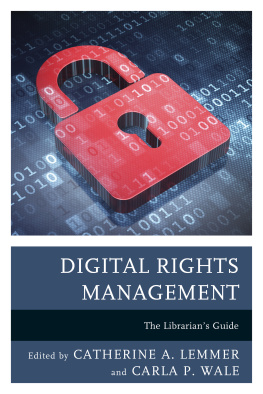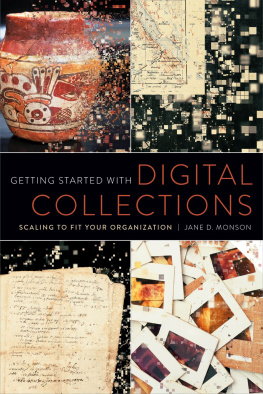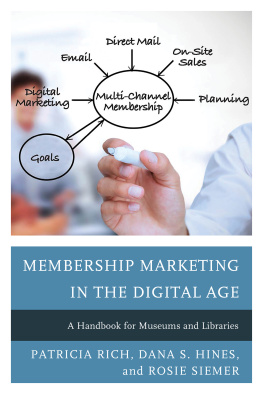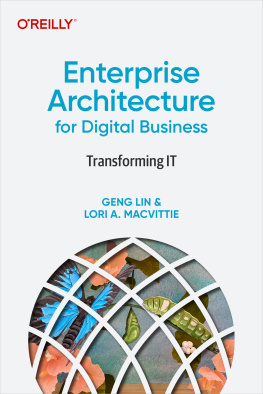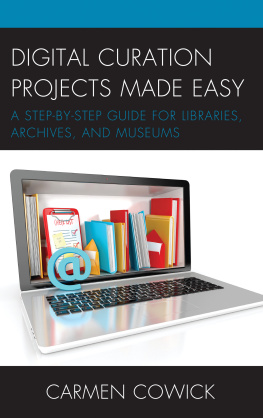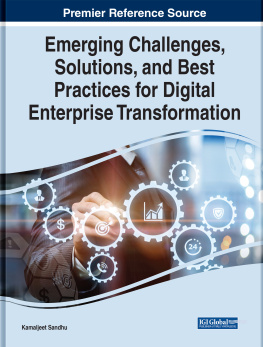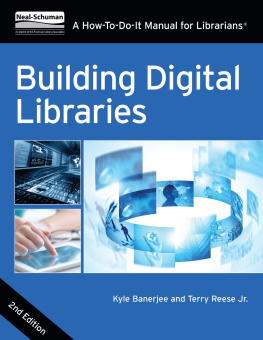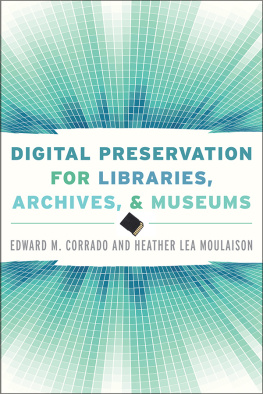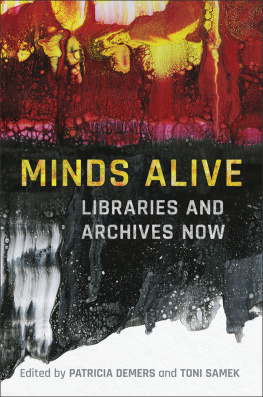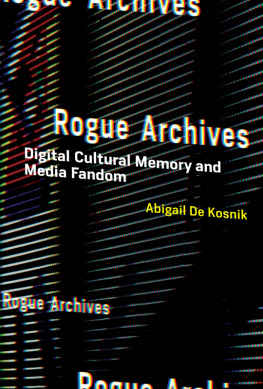
Angela Fritz is state archivist and division administrator for Library, Archives, and Museum Collections (LAMC) at the Wisconsin Historical Society. In this capacity, she provides strategic direction and oversight for museum curation, archives, library administration, public services, collection development, collection management, preservation, conservation, digitization, and the historical government records program. Prior to her position at the Wisconsin Historical Society, Dr. Fritz served as head of the University of Notre Dame Archives and interim head of Special Collections and University Archives at the University of Arkansas in Fayetteville. Her previous experience also includes working as an archivist for the Office of Presidential Libraries and Museums in Washington, DC where she engaged in presidential library development on behalf of the National Archives and Records Administration. She has a PhD in American history and public history from Loyola University Chicago, where she was awarded a Crown Fellowship in the humanities. She holds a masters degree in library science with a concentration in archival administration from the University of Wisconsin-Madison.

In order to plan for adaptable services around a digital-stewardship framework, libraries, archives, and museums have found themselves embracing more participatory, collaborative, and distributed networks, making greater use of digital technologies within, across, and among other GLAM institutions. At the center of these initiatives is a digital-asset management ecosystem (DAME), which is a concept that facilitates data management of the myriad digital assets created, maintained, and preserved by an institution. A DAME is based on a distributed service architecture that is designed around a collection of applications, tools, and hardware deployed through modular collection-management components that meet the complex needs of enterprise digital collections. This basic infrastructure facilitates the integration of preservation, accessibility, and discoverability of a range of digital assets by merging traditional collection-management actions and processes with principles and methodologies of data curation, digital preservation, and information management. With a DAME, digital assets can be shared at an enterprise scale in order to encourage the use, reuse, and remixing of assets for different stakeholders while safeguarding institutional memory, administrative continuity, and cultural heritage.
Toward A Digital Asset Management Ecosystem: An Evolving History
The concept of a DAME has evolved over time as information technologies transformed the development of library automation, the creation of integrated content management systems, and the expansion of web-based discovery platforms. Overall, the evolving nature of the concept of a DAME can be traced to librarians, archivists, and museum curators abilities to leverage the benefits of information technology with a particular focus on faster computing processing environments and retrieval speeds.
For academic libraries, the automation and streamlining of collection-management services was a critical factor in guiding this overall transformation. In the 1960s, academic libraries focused on streamlining acquisitions and cataloging workflows with the development of the first integrated library system (ILS). Library automation facilitated resource-sharing as well as the ability to augment bibliographic data and streamline core collection-management processes. As Christine Borgman writes, the development of library automated systems can be seen as a gradual consolidation of programs and tools that each address a given area of the librarys work into more... unified platforms resulting in streamlined and integrated workflows and processes across institutions.
In the 1980s, the creation and marketing of integrated library systems, the implementation of multiresource library databases, and the retro-conversion of bibliographic data contributed to the shift from a traditional library catalog to an online library system. For many libraries, the ILS transformed the idea of providing access to material that was physically owned by a library to a resource-sharing model that provided a wide array of information resources via library consortia lending programs. Integrated online resources gave new meaning to identifying, locating, and obtaining descriptive metadata for archival and museum collections as well as other related primary source material that remained hidden and inaccessible to remote researchers.
The shift from sharing highly structured, complex bibliographic records to linked digital or digitized content emerged in the 2010s with library services platforms (LSAs). As a new product service genre, LSAs challenged the model of automation centered on print-based materials by offering a cluster of ancillary products such as link resolvers, electronic resource management systems, digital asset management systems, and other repository systems aimed to simplify library operations through a more integrative platform designed to handle different types of content.
While libraries integrated areas of collection-management operations for more effective and efficient processing of digital-information resources, archivists and records managers focused on what they referred to as the greatest challenge of the digital age. In the late 1960s, the lifecycle management of electronic records laid the groundwork for early data curation and digital-preservation methodologies. Historically, many digital-preservation theories, principles, and conceptual models emanated with archivists and records managers challenge of mitigating data loss and maintaining long-term accessibility to electronic records in the face of media obsolescence, hardware and software failure, data degradation, human error, and an array of external threats. Primarily, early government archivists, who focused on large datasets stored on magnetic tapes generated by mainframe computers, felt the greatest urgency and risk for continuity of government services as a result of mass data loss due to corruption, degradation, and media obsolescence.
Understanding that early intervention was the key to long-term accessibility of electronic records, archivists at the National Archives and Records Administration (NARA) adopted upfront records management, an approach that was centered on intervening early within the lifecycle management of data to combat media and hardware obsolescence. NARA archivists also developed a continuum of digital preservation actions that occurred throughout the lifecycle management of electronic records. Grounded in traditional archival theory of provenance and record authenticity and integrity, archivists institutionalized file reformatting, system migration, emulation, and data normalization as preservation strategies for managing the federal governments early digital records.
By the 1990s, government data scientists working for NASA led the initiative of data preservation and, within the Consultative Committee for Space Data Systems (CCSDS), developed the Open Archival Information System (OAIS) reference model as a high-level conceptual framework and a key standard for digital repository development. The OAIS model reflects the lifecycle management of digital assets ranging from ingest to storage and dissemination, outlines ongoing preservation actions and environmental monitoring, and underscores the importance of administrative and preservation planning. The OAIS reference model was first published as an ISO standard in 2003 and has undergone several iterations but remains the core model for digital preservation infrastructure development for GLAM institutions.


